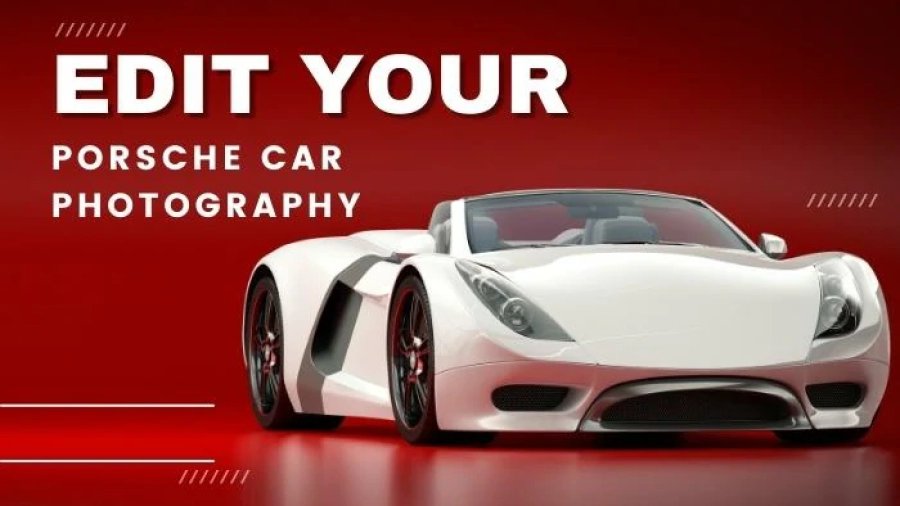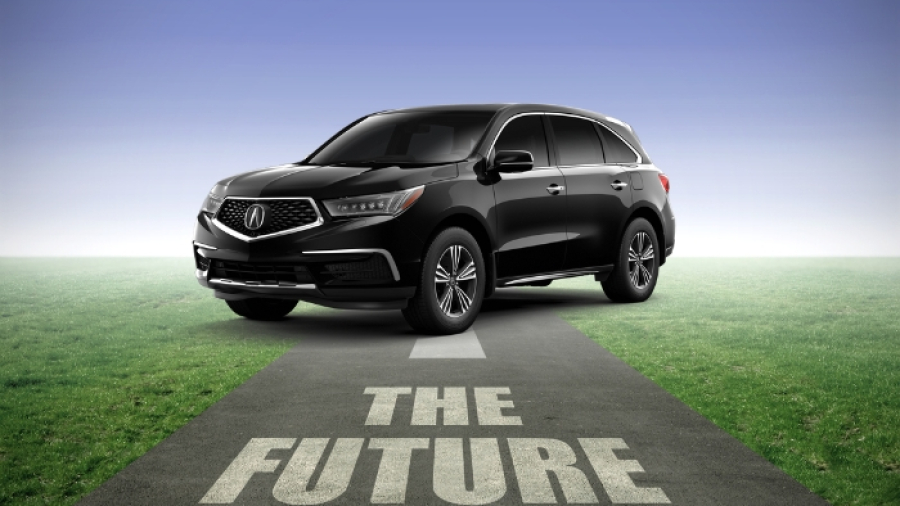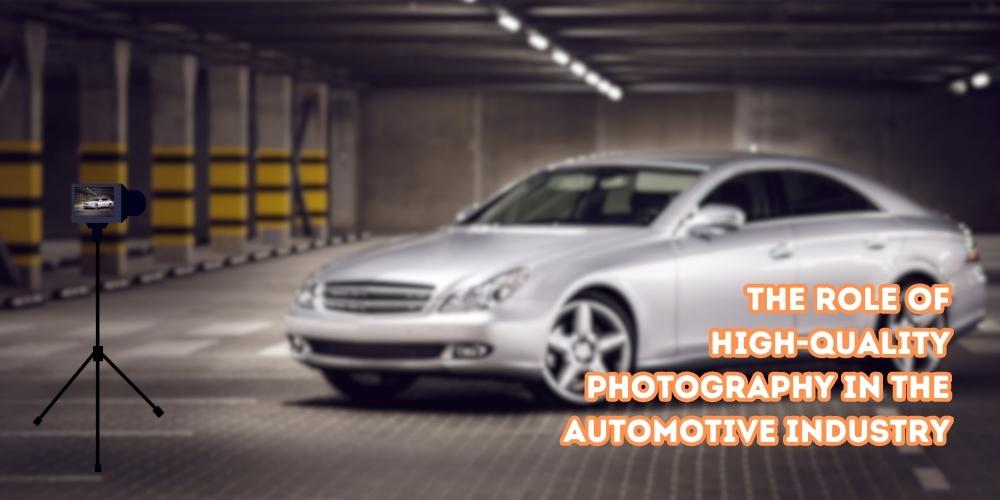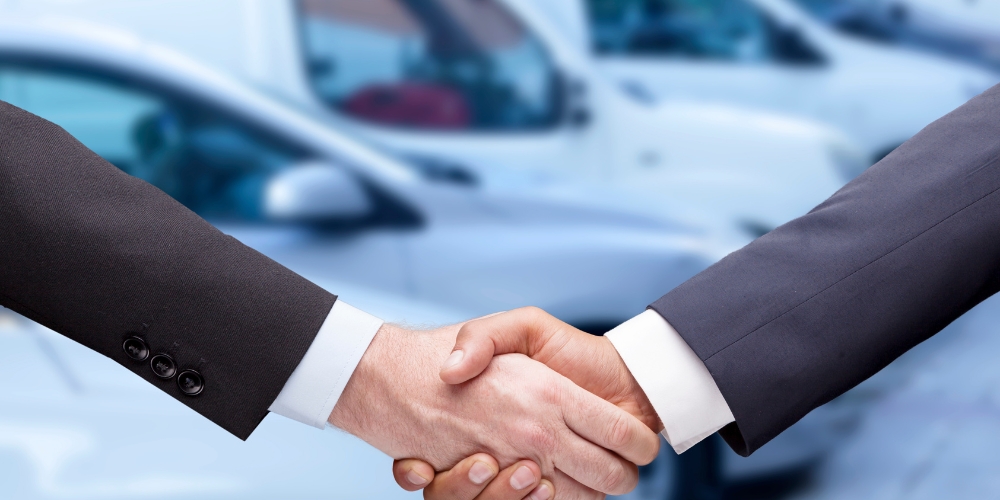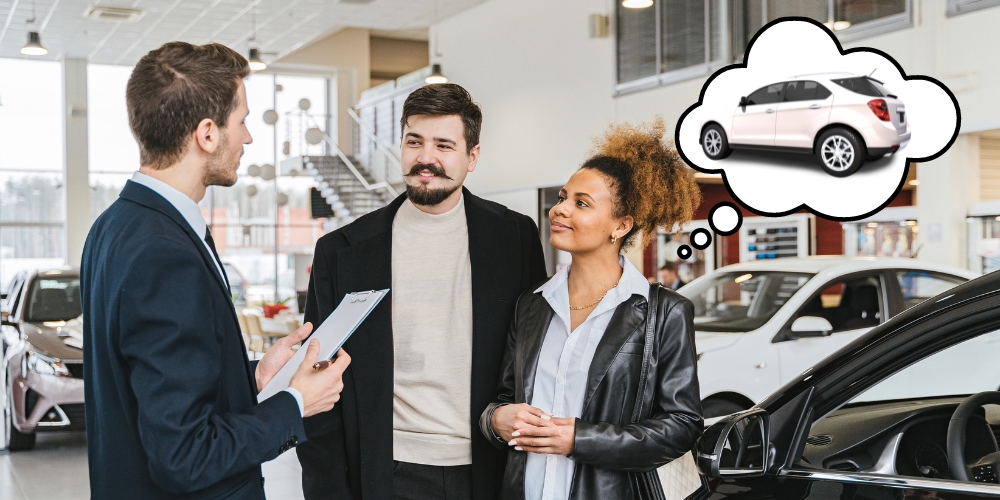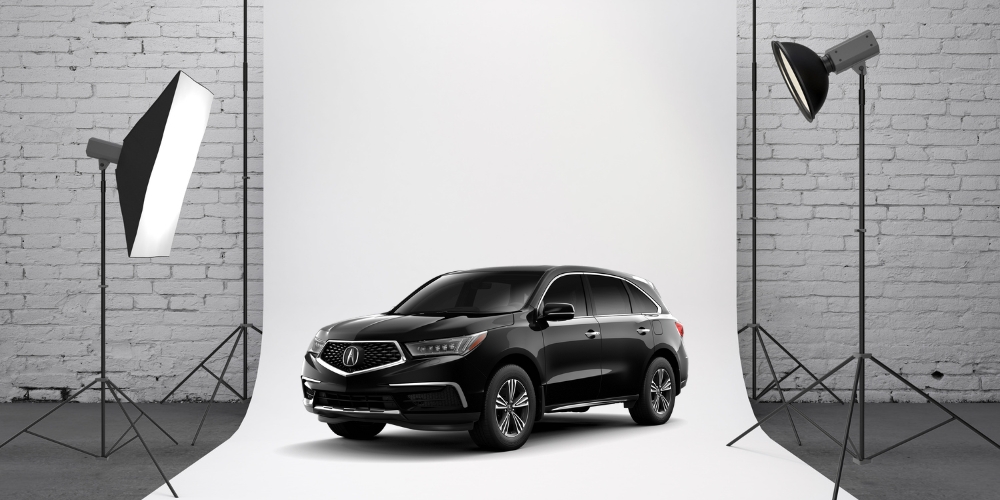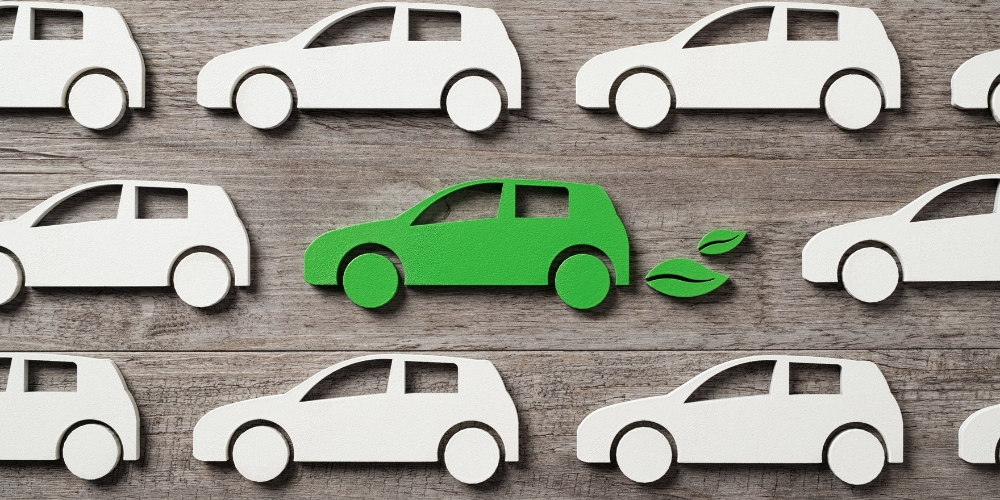To edit your Proche car photos, you can use some simple car photo editing techniques and enhance your images. Whether you want to adjust your photos’ lighting, colour, or composition, several popular software tools, such as Adobe Photoshop and Lightroom, can help you achieve your desired results.
You can take stunning shots of your Porsche that perfectly depict its beauty and power with these tools. In this guide, we’ll walk you through the steps for editing your Porsche car photography using these software tools, providing you with the knowledge and skills you need to take your images to the next level.
The Importance Of Post-Processing In Porsche Car Photography

Post-processing is a critical step in creating high-quality Porsche car photography. While it’s true that great photos can be captured in a camera, post-processing can help to take your images to the next level and make them even more extraordinary.
Enhancing the colors and tones in your photograph is one of the major advantages of post-processing. It can bring out the beauty and vibrancy of the car and make it look even more stunning. To get the desired effect, you may change the brightness, contrast, saturation, and other variables.
Another benefit of post-processing is the ability to correct any mistakes you may have made while taking the photo. For example, you may have accidentally underexposed the image, or the white balance may be off. By using post-processing software, you can correct these mistakes and make your photo look much better.
In addition to these benefits, post-processing can also help you to add creative effects to your photos. For example, you can add a vintage or retro look to your images or create a dramatic black-and-white impact. The possibilities are endless, and post-processing can give you the creative freedom to express your artistic vision truly.
Overall, post-processing is an essential step in creating stunning Porsche car photography. By editing your photos and enhancing their beauty, you can create images that truly stand out and capture the essence of these great cars.
Choosing the Right Editing Software

To capture Porsche cars in a professional-looking manner, the initial action to take is selecting the appropriate editing software. Many options are available, but we recommend Adobe Lightroom for its versatility and powerful editing capabilities. Once you’ve selected your software, it’s time to move on to the editing process.
The Editing Process
Step 1: Importing Your Photos

The first step in editing your Porsche car photography is to import your photos into your chosen software. Organize them in a way that makes sense to you, whether by date, place, or any other technique that works for you.
Step 2: Adjusting Exposure
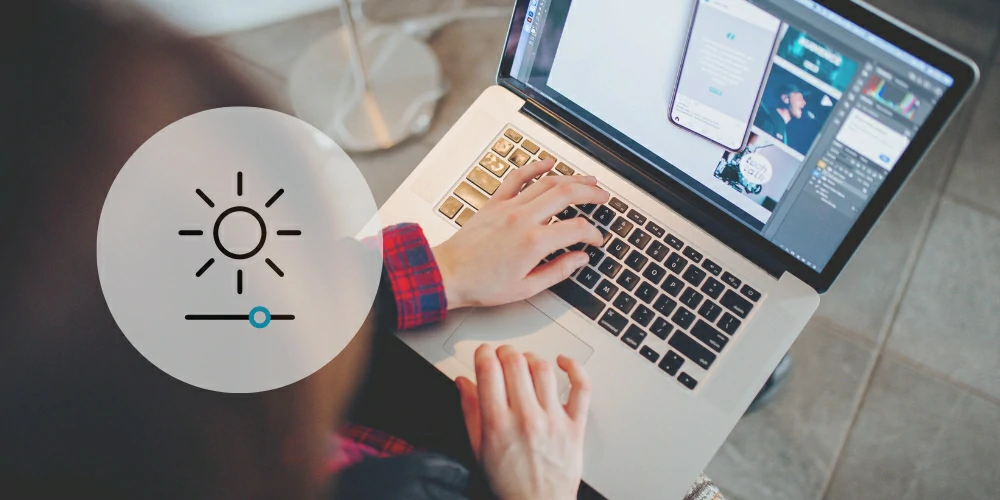
Proper exposure is crucial for achieving great Porsche car photography. Begin by adjusting your photo’s exposure to ensure it’s neither too bright nor too dark. Take care to avoid overexposing your image, as this can cause details to be lost in bright areas of the photo.
Step 3: Color Correction
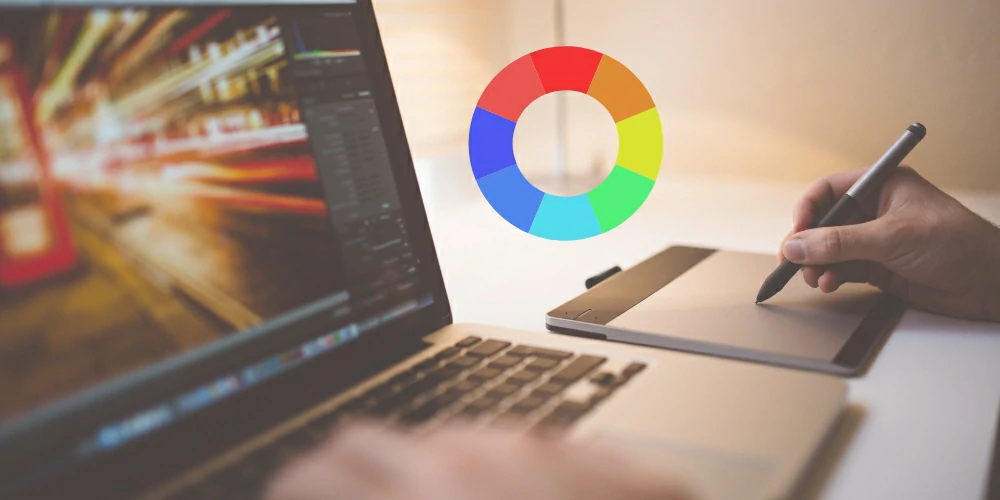
Once you have adjusted the exposure, the next step is to correct the colours in your photo. Adjust the white balance and colour saturation to ensure that the colours in your Porsche car photography are accurate and vivid.
Step 4: Cropping and Straightening
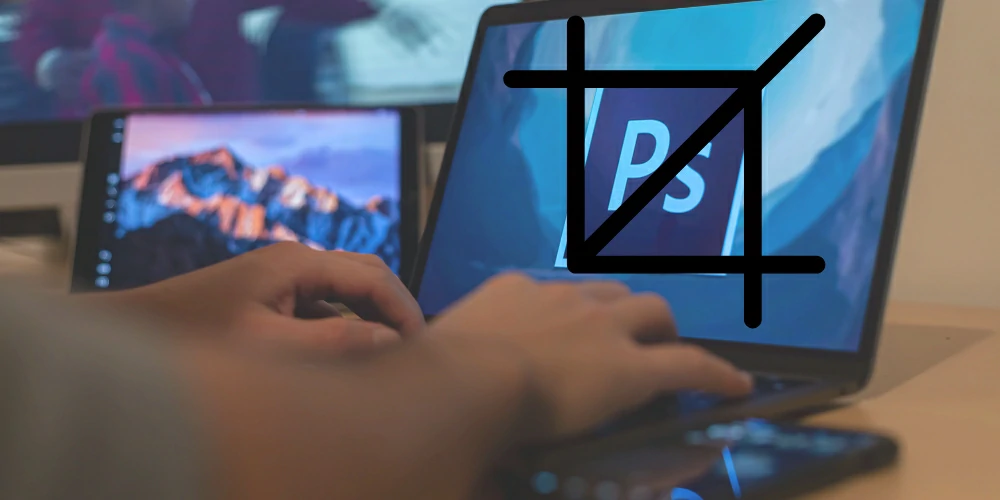
After colour correction, it’s time to crop and straighten your photo. For a more aesthetically attractive arrangement, cut disturbing things out of your photo using the crop tool in photoshop. Straighten the picture to ensure that it looks perfectly aligned.
Step 5: Sharpening and Noise Reduction
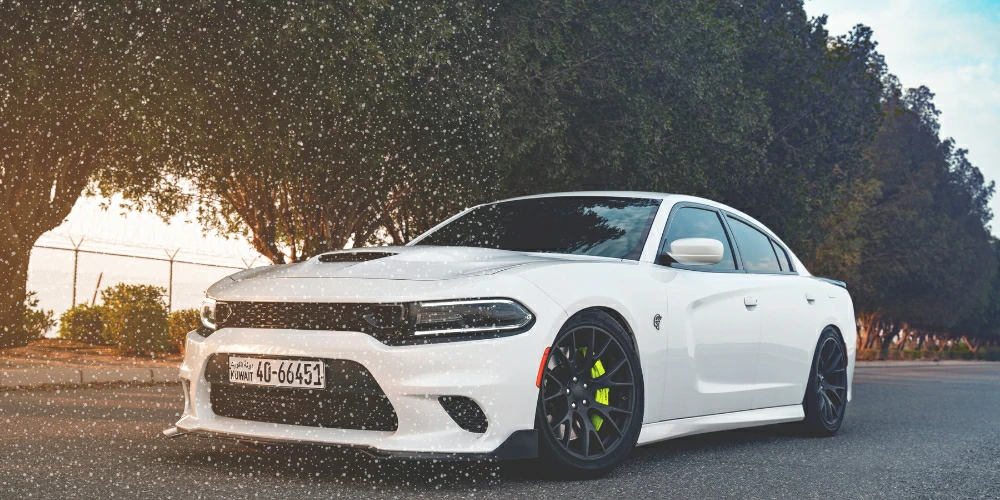
Finally, sharpen your Porsche car photography to enhance the detail and make it look more polished. Reduce any noise in the photo to create a clean, crisp image.
N.B: Editing your car photos can sometimes be stressful if you are not a post-processing expert. For this reason, you should give the job to professionals with expertise in car photo editing.
Understanding the Porsche Aesthetics: Tips for Capturing the Iconic Design
Porsche cars are renowned for their sleek design and iconic features. To capture the essence of a Porsche car in your photography, it’s essential to understand the key aesthetic elements that make these cars so unique. Here are some tips for capturing the Porsche design:
Focus on the curves:

Porsche cars have a distinctive curved design, emphasising speed and agility. When taking photos of a Porsche car, pay attention to the angles and lines of the car’s body, and try to highlight these features in your composition.
Highlight the details:

Porsche cars are known for their attention to detail, so be sure to capture the intricate details of the car’s design, such as the iconic headlights, grills, and emblems.
- Choose the right angle: The angle of your shot can significantly impact how the car appears in your photograph. Try out various perspectives to determine which one best displays the car’s design.
- Play with lighting: The proper lighting can bring out the beauty of a Porsche car’s design. Try shooting during the golden hour or experimenting with artificial lighting to create unique and dramatic effects.
Basic Photography Techniques for Taking Stunning Porsche Car Photos
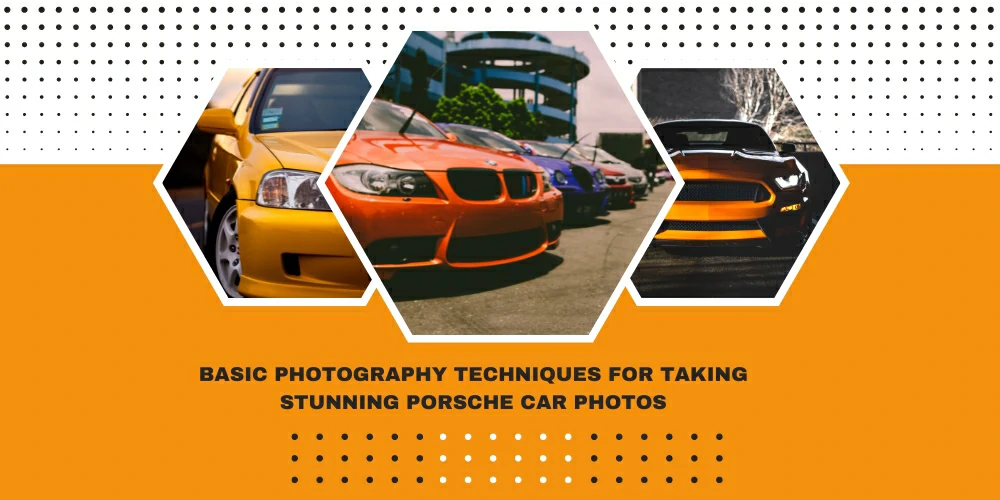
You don’t need professional equipment or extensive training to take stunning Porsche car photos. You can achieve great results with some basic photography techniques and some practice. Here are some basic methods to keep in mind:
- Use the rule of thirds: The rule of thirds is a fundamental composition technique in photography that can help create balanced and visually appealing photos. Imagine splitting your frame into thirds horizontally and vertically and positioning your subject at the junction of these lines to employ this approach.
- Experiment with depth of field: Your image’s depth of field describes the portion in focus. Adjusting your aperture settings allows you to control the depth of field and create a more dramatic or artistic effect.
- Pay attention to the background: Your photo’s background can significantly impact the composition. Choose a background that complements the car and adds to the image’s visual impact.
- Practice framing and cropping: Framing and cropping can help create a more focused and dynamic image. Try using several framing strategies, including employing leading lines or forming a natural frame around the automobile.
Finding Inspiration for Your Porsche Car Photography: Exploring Popular Porsche Photography Trends
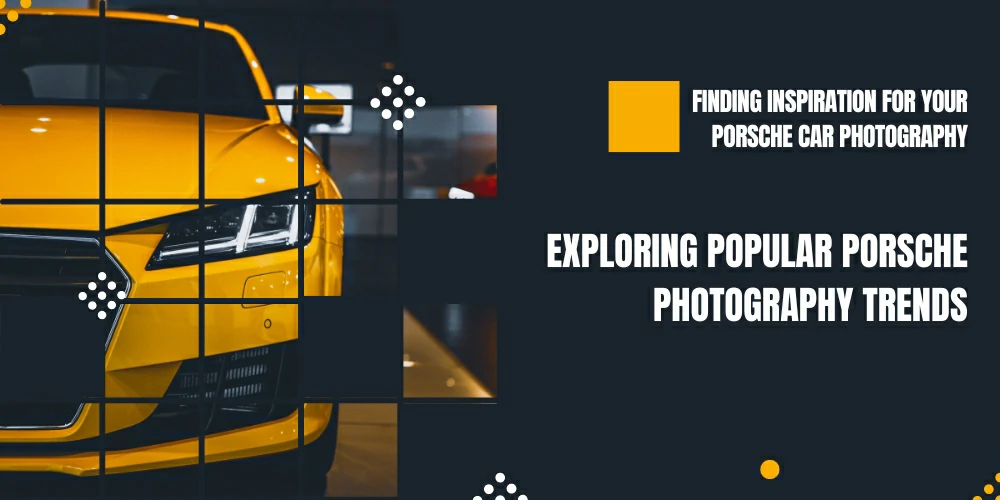
Were you looking for inspiration for your Porsche car photography? There are many popular trends and styles in Porsche photography that you can explore. Here are a few to consider:
- Cityscapes: Capturing a Porsche car against the backdrop of a city skyline can create a powerful and dramatic effect.
- Minimalism: Emphasizing the simplicity and elegance of a Porsche car can create a striking and memorable image.
- Action shots: Photographing a Porsche car in motion can create a sense of speed and energy and can be particularly effective for showcasing the car’s performance.
- Creative angles: Experimenting with unique angles and perspectives can create a fresh and exciting take on Porsche car photography.
Common Mistakes to Avoid When Editing Porsche Car Photography.
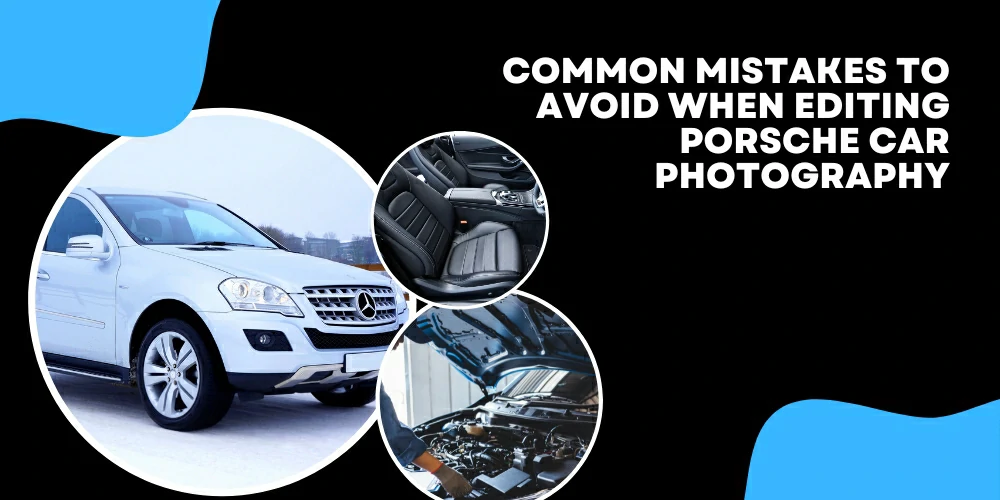
Your Porsche automobile images may be edited to improve quality and produce a more eye-catching images. However, there are some common mistakes to avoid when editing your photos. Here are a few to keep in mind:
- Over-saturating the colours: While it can be tempting to boost the colours of your image, over-saturating can create an artificial and unappealing effect. Over-sharpening the image can create a harsh and unnatural look, so use this technique sparingly.
- Ignoring the background: While focusing on the car is essential, focus on the background when editing your photo. The background can play a crucial role in the overall image composition, and it’s vital to make sure it complements the car and adds to the visual impact of the photo.
- Using too many filters: While filters can be a fun way to experiment with the style of your image, using too many filters can create a cluttered and overwhelming effect.
- Neglecting to straighten the horizon: If your photo has a horizon line, ensure it’s straight. An off-center horizon can detract from the overall quality of the photo and be distracting.
By avoiding these common mistakes and following the tips outlined in this article, you can take your Porsche car photography to the next level and create stunning, high-quality images that capture the beauty and essence of these iconic cars.
Going Beyond the Basics: Advanced Techniques for Editing Porsche Car Photography
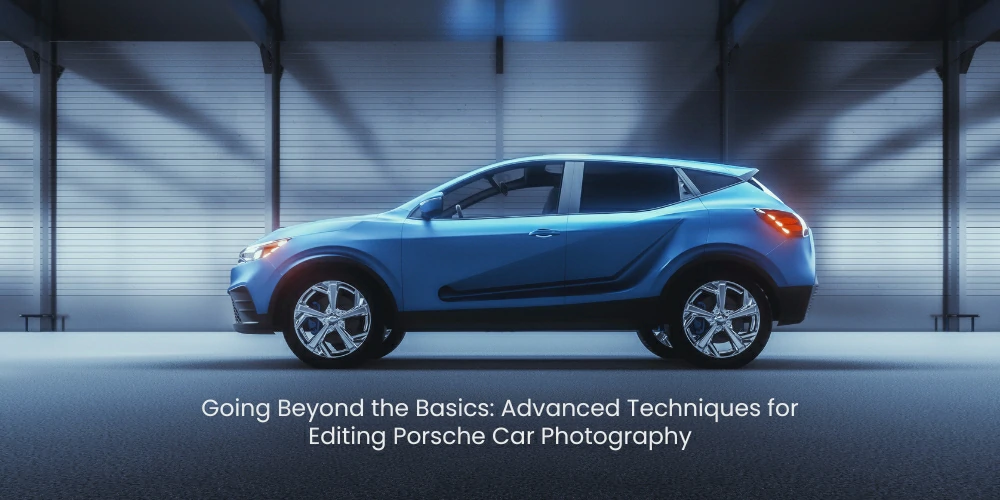
While basic editing techniques can help you improve your Porsche car photography, there are advanced techniques that can take your images to the next level. Here are some tips for advanced editing:
- Dodge and Burn: This technique involves selectively lightening and darkening areas of the image to create more depth and dimension. Use the dodge tool to lighten spots you want to bring out, such as the headlights or rims, and the burn tool to darken areas you want to de-emphasise.
- Frequency Separation: This technique involves separating the texture and colour of the image into separate layers, allowing you to adjust to each independently. It can be beneficial for retouching the car’s surface, such as removing blemishes or scratches without affecting the colour or texture.
- Selective Color Adjustments: This technique involves selectively adjusting the colours in specific areas of the image, allowing you to make subtle or dramatic changes to the overall colour balance. For example, you can adjust the saturation of the red tones in the car’s paint job to make them stand out more.
- Composite Imaging: This technique involves combining multiple images to create a single, more complex picture. For Porsche car photography, you can use this technique to add background elements or to create a dynamic action shot that captures the car in motion.
- Creative Effects: You can add various imaginative effects to your Porsche car photography to give them a unique and distinctive look. Some examples include adding a lens flare effect to create a sense of motion or drama or adding a texture overlay to give the image a more tactile, textured look.
Using these advanced editing techniques, you can create Porsche car photography that genuinely stands out and captures the beauty and essence of these iconic cars. Find the designs that best suit your taste and vision by experimenting with a variety of them.
FAQ
Q: What is the best editing software for Porsche car photography?
A: While many editing software options are available, we recommend Adobe Lightroom for its versatility and powerful editing capabilities.
Q: Can I edit Porsche car photography on my mobile device?
A: Several mobile editing apps can help you edit your Porsche car photography on the go. Some popular options include Lightroom Mobile, Snapseed, and VSCO.
Q: Do I need professional photography equipment to take good Porsche car photos?
A: Professional equipment can help you capture stunning Porsche car photos, but it’s optional. You can achieve great results with a smartphone camera and basic photography techniques.
Q: Is it necessary to edit my Porsche car photography?
A: While editing your Porsche car photography is unnecessary, it can help enhance the quality and create a more visually appealing image.
Q: How long does it take to edit Porsche car photography?
A: The time it takes to edit Porsche car photography varies depending on the complexity of the image and the editing software you’re using. However, you can edit your photos efficiently and effectively with practice and the right tools.
Conclusion
With the right tools and techniques, editing your Porsche car photography can be enjoyable and rewarding. By following these steps, you can create stunning images that truly capture the essence of Porsche’s iconic design.
We’re passionate about helping you live the Porsche lifestyle to the fullest, and we hope this guide has helped you take your photography skills to the next level.

